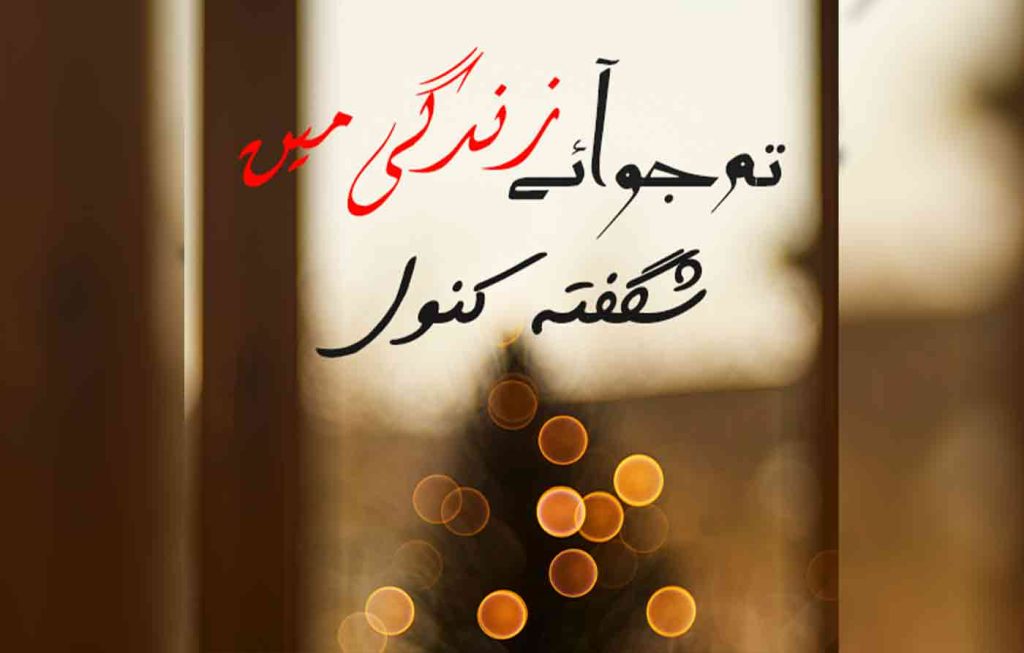
Heartfelt Explorations: S. Merwa Mirza’s Khumar-e-Janam
In the novel Khumar-e-Janam, the writing of S. Merwa Mirza weaves a spell of engagement over the vast layers of love, loss, and the human experience that readers find themselves lost in with every turn of the page. Known for its emotionally rich content and heart-moving story-telling, a virtually real experience is brought alive within the pages of the novel. Mirza, through eloquent prose and well-crafted characters, takes readers on a journey through complex emotions, unveiling the internal struggles of people as they navigate the turbulence of their lives.
The story follows the life of its central character, who, much like the title suggests, experiences the intoxication of life’s joys and sorrows. “Khumar-e-Janam,” which signifies the intoxication or passion of life, creates a mood that defines the emotional ups and downs of the protagonist, carried away by the elation of love and the agony of heartbreak. What makes this novel so engrossing is its capability to make such experiences understandable, turning conflicts into emotional commonalities. It is actually the journey of self-discovery, of growth, and of acceptance for the protagonist in this romantic entanglement.
The telling of the plot goes into rich detail, centering on relationships involving romantic and family love. Portrayed with sensitivity, it touches on the complexities of human interaction. It is not idealistic and purely joyful love, because the author has let it be full-colored, from infatuation to the deeper, harder things that come with time in maintaining relationships. This way, the realness of the story unfolds more, allowing readers to relate to themselves in the shoes of the characters and empathize with their struggles.
Mirza’s writing style is poetic yet accessible, drawing readers into a world that is both vivid and reflective. The language is lyrical, with each sentence flowing smoothly, and the emotional undercurrents are felt with every word. The author’s ability to evoke strong emotional responses is a testament to her skill in crafting a narrative that resonates on a personal level with her readers. Whichever it is – those bittersweet moments of longing or the quiet moments of introspection, emotions in Khumar-e-Janam are raw and real that it is all hard to not get attached by reading the end.
In the progression of the story, the protagonist also needs to face struggles that test his patience and this understanding of love and life. The challenges that come to that front finally make him confront his own beliefs and thus pave his way toward a journey of self-realization. Moments of contemplation and reflection are woven with the plot; thus, the book offers a deeply emotional narrative as well as an intellectually challenging one. Forgiveness, acceptance, and the search for inner peace have been hinted at subtly and graciously within the novel, making readers reflect on their lives while reading the book.
One of the most compelling aspects in the novel Khumar-e-Janam is its depiction of the internal battle between heart and mind. The protagonist often finds himself caught between the desires of the heart and the rationalities of the mind. This tug-of-war happens in each one of us, and in this way, the impact of the novel is even more profound. Mirza’s exploration of these internal conflicts evokes so much thinking, beautiful writing, and a narrative that holds simultaneously personal and universality in it.
In the end, Khumar-e-Janam is a novel that can touch your core of being human. Through its richly developed characters and their personal journeys, it invites readers to traverse the complex imbroglio of love, loss, and self-discovery. The emotional depth and the attendant authenticity of the tale make it a haunting read that tends to stay long after the last page is turned. It is the ability of S. Merwa Mirza to pen a narrative that speaks straight to the heart which puts this novel apart and makes it a must-read for anyone looking to delve into a world of heartfelt emotions and introspective storytelling.



















